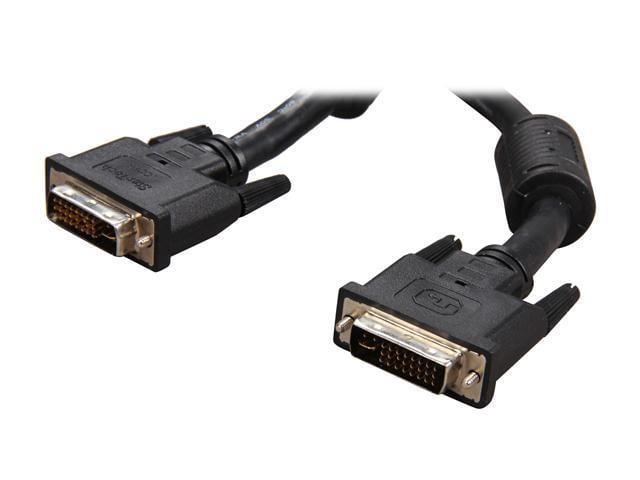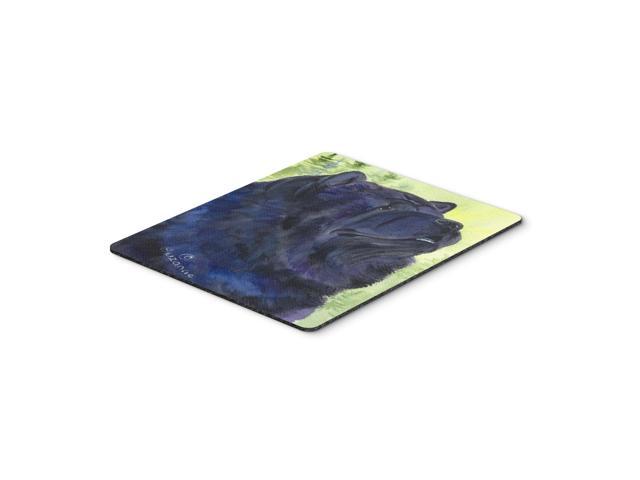This book offers an overview of some recent advances in the Computational Bioacoustics methods and technology. In the focus of discussion is the pursuit of scalability, which would facilitate real-world applications of different scope and purpose, such as wildlife monitoring, biodiversity assessment, pest population control, and monitoring the spread of disease transmitting mosquitoes. The various tasks of Computational Bioacoustics are described and a wide range of audio parameterization and recognition tasks related to the automated recognition of species and sound events is discussed. Many of the Computational Bioacoustics methods were originally developed for the needs of speech, audio, or image processing, and afterwards were adapted to the requirements of automated acoustic recognition of species, or were elaborated further to address the challenges of real-world operation in 24/7 mode. The interested reader is encouraged to follow the numerous references and links to web resources for further information and insights. This book is addressed to Software Engineers, IT experts, Computer Science researchers, Bioacousticians, and other practitioners concerned with the creation of new tools and services, aimed at enhancing the technological support to Computational Bioacoustics applications.















